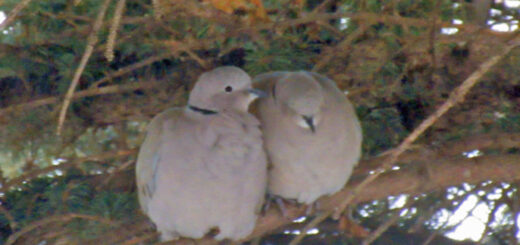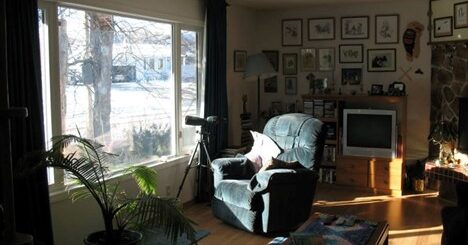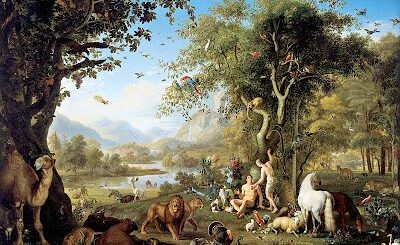Naturescape Garden.
An Introduction to Naturescape Gardening.
These are the methods that I have used with success.
One great love of mine is creating with nature an oasis of wildlife within our small urban garden. Living within a small urban community and surrounded by cultivated land designed for human use only, I feel the need to create a small refuse for wildlife.

In our case we are fortunate enough to live on the outskirts of town, with an Aspen wood and a rocky Mountain Creek just across the way. We are also blessed with five mature spruce trees, and a collection of Chokecherry bushes to start with.
Each section will be dealt with in more detail in further posts.
Bird Feeding Station.
The initial project involved attracting birds to our front garden by setting up a feeding station. Since our garden overlooks the open countryside, we decided to assemble it there. We started by building an English-style bird table, which could offer food even in the middle of winter. The bird table is a 2-foot hexagon-shaped table with a pitched roof and four seed hoppers, capable of providing food even during heavy snowfall.
We eventually hung eight different feeders near our picture window, anchoring each one to the ground due to the high winds we often experience here. I believe that scattering seeds on the ground, particularly on the front lawn, is an effective way to attract birds. This is because the constant activity of house sparrows draws in other bird species that enjoy watching them.
Water Bath.
Water was provided for both drinking and bathing. A simple wooden frame, measuring 2×6 inches and 18 by 24 inches, was embedded in the ground near the base of a tree. This frame was filled with ready-mixed concrete, and a bowl-shaped depression, approximately 3 inches deep, was carved out. This setup has served us well for the past 25 years.
Nesting Boxes, for secondary cavity nesting birds.
In my opinion, the prized species are small insectivorous birds, such as wrens, nuthatches, chickadees, and tree swallows. All of these birds require entrance holes that are approximately 1.25 to 1.5 inches in diameter.
Larger entrance holes tend to attract Starlings and House Sparrows. House Sparrows typically nest in communities, with around 20 individuals per group. I have provided a series of ten nest boxes for them.
Pond & Creek.
In my opinion, the garden pond is the centrepiece of a Naturescape garden. An ideal design would include a pond along with a flowing creek. This setup would attract birds and aquatic insects, provide a water source for many pollinators, and support a diverse range of plants.
Creating a water garden feature is an exciting project that requires careful planning and consideration. To help you, I’ve divided my advice into several posts. If you’re considering this kind of project, here are some fundamental tips to keep in mind.
The pond should receive six hours of sunlight daily, and a flexible liner is recommended for water retention. A depth of four feet is advisable, and a pump is necessary for a creek with running water. Aim for a surface area of 100 square feet to accommodate wildlife, and note that the flexible liner is 20 feet in width.
More information is coming soon.
You might want to check out the first article in this series,



